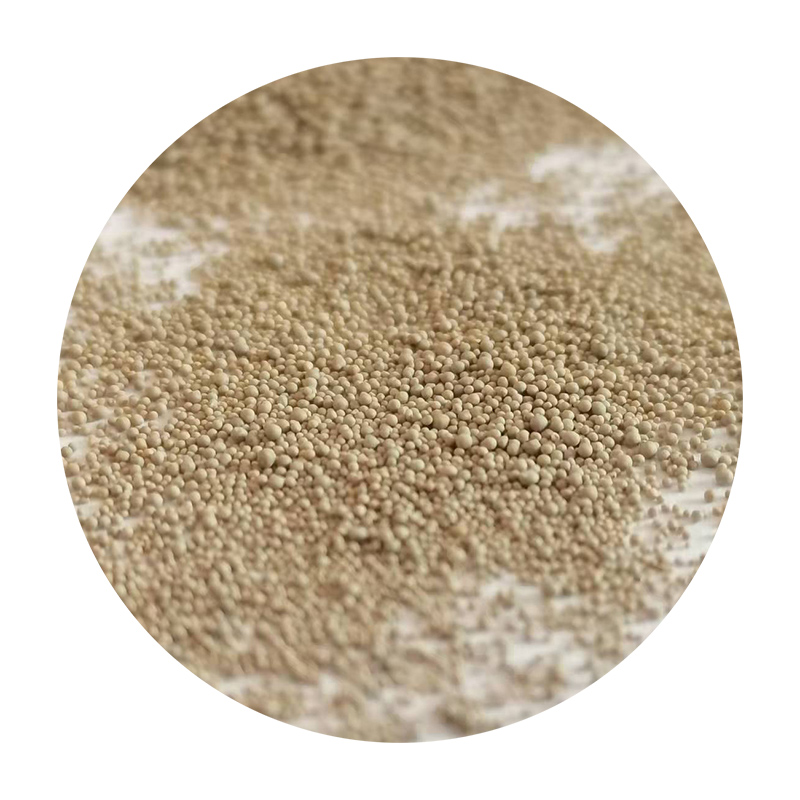The Art of Sand Casting A Cornerstone of Modern Manufacturing
Sand casting is one of the oldest and most versatile manufacturing processes. It's the backbone of modern metal production, allowing manufacturers to create complex shapes and designs with relative ease and cost-effectiveness. This article delves into the intricacies of sand casting, exploring its benefits, challenges, and applications in today's industry.
What is Sand Casting?
Sand casting is a process in which molten metal is poured into a mold created from sand to produce a desired shape. The sand used in this process is typically a mixture of silica, clay, and water, which provides the necessary binding and moisture to create a mold that can withstand the heat of molten metal.
The process begins with the creation of a pattern, which is a replica of the final product. This pattern is placed in a prepared sand mixture, forming a cavity that will hold the molten metal. Once the pattern is removed, the mold is assembled, and the molten metal is poured into the cavity. After the metal cools and solidifies, the mold is broken away to reveal the finished casting.
Advantages of Sand Casting
One of the significant advantages of sand casting is its flexibility. The process can accommodate a wide range of metals, including aluminum, brass, bronze, and iron, making it suitable for various applications. Furthermore, sand casting allows for the production of large parts and complex geometries that might be difficult or impossible to create using other manufacturing methods.
Another notable benefit is the cost-effectiveness of the process. The materials used in sand casting, namely sand and metal, are relatively inexpensive compared to other casting methods. Additionally, sand molds can often be reused, further reducing material costs and waste.
sand casting factory

The process also allows for the production of low to medium volume runs at a relatively low cost, making it an attractive option for small to medium-sized businesses seeking to manufacture custom parts without significant investment in tooling.
Challenges in Sand Casting
Despite its many advantages, sand casting does have its challenges. One of the primary issues is the potential for defects in the final product, including sand inclusions, porosity, and dimensional inaccuracies. Achieving the desired level of precision can require additional finishing work, which can increase production time and costs.
Moreover, the quality of the sand used in the process is crucial. It must have the right properties to create a sturdy mold and withstand the high temperatures of molten metal. Poor-quality sand can result in defects and compromised structural integrity in the final product.
Applications
Sand casting is widely used across various industries, including automotive, aerospace, and manufacturing. In the automotive industry, components such as engine blocks, cylinder heads, and transmission cases are often produced using sand casting techniques. The aerospace sector similarly relies on sand casting for producing lightweight and robust components that can withstand high stress and extreme conditions.
In summary, sand casting remains a fundamental manufacturing process that combines traditional methods with modern applications. Its blend of flexibility, cost-effectiveness, and ability to produce complex shapes ensures its continued relevance in today’s industrial landscape. As technology continues to evolve, the sand casting process will likely witness advancements that further enhance its capabilities, making it an essential method for future manufacturing needs.
Post time:ನವೆಂ . 15, 2024 09:09
Next:sand casting processes
